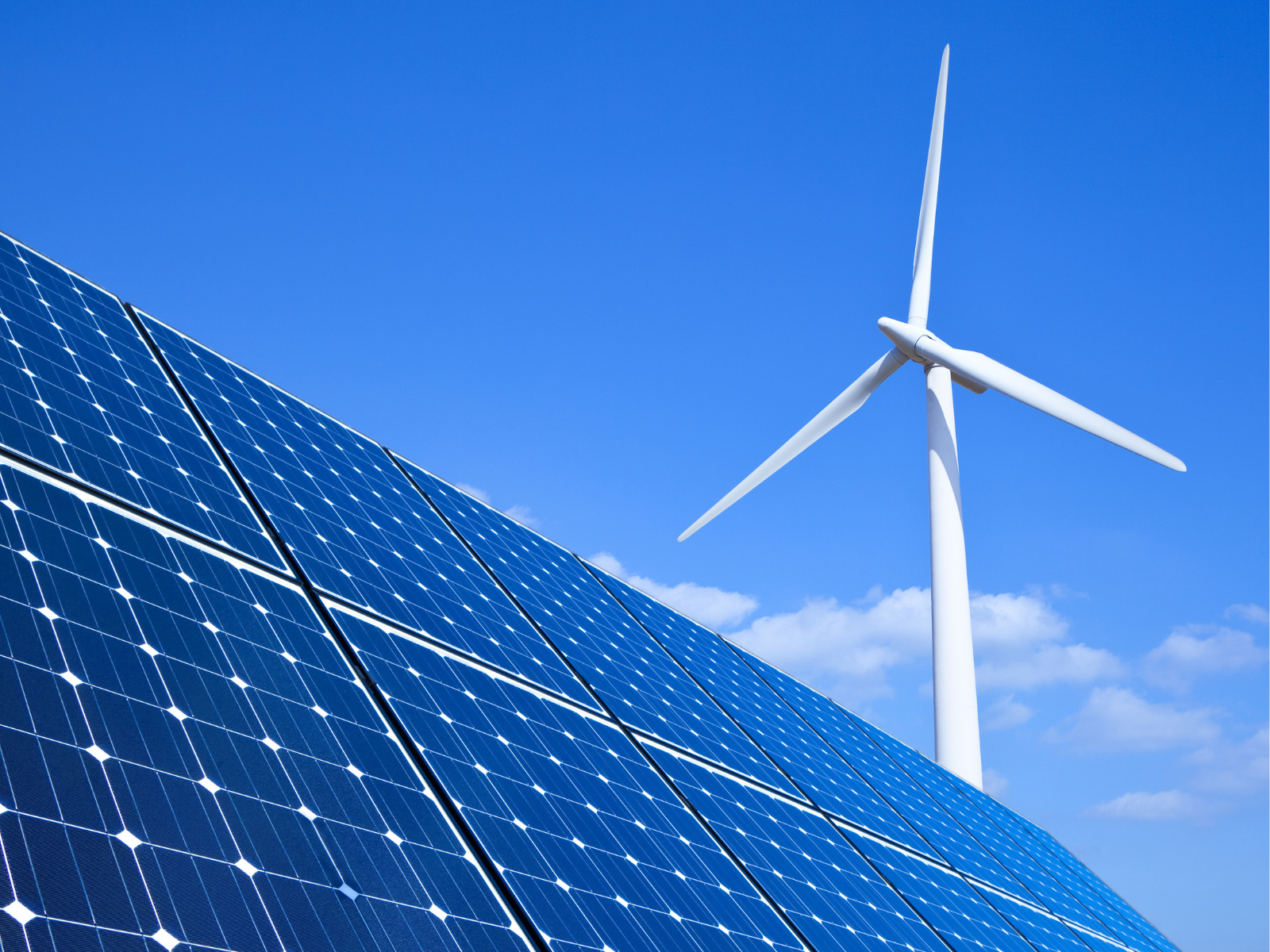CARBON DIOXIDE REMOVAL
The active removal of carbon dioxide (CO2) from the atmosphere through Carbon Dioxide Removal (CDR) technologies is, alongside significant emissions reductions, central to achieving net zero by 2050 and limiting the rise in global temperatures to 1.5°C above pre-Industrial levels.
CDR encompasses a wide range of methods used to remove CO2 from the atmosphere, some of which are explored below. CDR is also known as Greenhouse Gas Removal (GGR) when referring to greenhouse gases generally, although most focus is on the atmospheric removal and subsequent storage of CO2.
THE STATE OF CARBON DIOXIDE REMOVAL
The State of Carbon Dioxide Removal reports are a global, independent scientific assessment of the state of CDR and the gap we need to close. The first was published in January 2023, with a 2nd Edition published in June 2024 and a new edition on the way. The reports are led by ONZ Executive Director Dr Steve Smith, in collaboration with multiple other research institutes around the world. ONZ Fellow Dr Injy Johnstone and former Fellow Dr Jose Maria Valenzuela are co-authors.
Key findings include:
-
Around 2 billion tons of CDR per year is already taking place. Almost all of this comes from conventional methods such as afforestation and reforestation. Novel CDR methods contribute 1.3 million tons per year – less than 0.1% of total CDR. Find out more about these methods below.
-
There continues to be a gap between the amount of CDR in scenarios that meet the Paris temperature goal and the amount of CDR in national proposals.
- CDR activity is generally intensifying, although with some recent slowdowns. Research, invention and investment in startup companies cover a diverse range of CDR methods. However, current deployment, national proposals and modelled mitigation scenarios still represent only a limited set of CDR methods.
CARBON DIOXIDE REMOVAL METHODS
The State of Carbon Dioxide Removal report groups CDR methods in two broad categories: ‘conventional’ and ‘novel’ CDR. This is based on a combination of their current level of readiness, the scale at which they are currently deployed, and the type of carbon storage they employ. You can read about some examples below.
Conventional CDR
Afforestation / Reforestation
Conversion to forest of land that was previously not forest, or was previously deforested.
Forest management
Stewardship and use of existing forests. To count as CDR, forest management practices must enhance the long-term average carbon stock in the forest system.
Soil carbon sequestration in croplands and grasslands
Land management changes in croplands and grasslands that increase the soil organic carbon content.
Peatland and coastal wetland restoration
Assisted recovery of inland ecosystems that are permanently or seasonally flooded or saturated by water (such as peatlands) and of coastal ecosystems (such as tidal marshes, mangroves and seagrass meadows). To count as CDR, this recovery must lead to a durable increase in the carbon content of these systems.
Durable wood products
Wood products which meet a given threshold of durability, typically used in construction. These can include sawnwood, wood panels and composite beams, but exclude less durable products such as paper.
Novel CDR
Biochar
Relatively stable, carbon-rich material produced by heating biomass in an oxygen-limited environment. Used mostly as a soil amendment.
Bioenergy with carbon capture and storage (BECCS)
Process by which biogenic carbon dioxide (CO2) is captured from a bioenergy facility, with subsequent geological storage.
Bio-oil storage
Oil made by biomass conversion and placed into geological storage.
Direct air capture and carbon storage (DACCS)
Chemical process by which carbon dioxide (CO2) is captured from the ambient air, with subsequent geological storage.
Direct ocean carbon capture and storage (DOCCS)
Chemical process by which carbon dioxide (CO2) is captured directly from seawater, with subsequent geological storage. To count as CDR, this capture must lead to increased ocean CO2 uptake.
Enhanced rock weathering
Increasing the natural rate of removal of carbon dioxide (CO2) from the atmosphere by applying crushed rocks, rich in calcium and magnesium, to soil or beaches.
Mineral products
Production of solid carbonate materials for use in products such as aggregates, asphalt, cement and concrete, using CO2 captured from the atmosphere.
Ocean alkalinity enhancement
Spreading of alkaline materials on the ocean surface to increase the alkalinity of the water and thus increase ocean CO2 uptake.
Ocean fertilisation
Enhancement of nutrient supply to the near-surface ocean with the aim of sequestering additional CO2 from the atmosphere stimulated through biological production. Methods include direct addition of micro-nutrients or macro-nutrients. To count as CDR, the biomass must reach the deep ocean where the carbon has the potential to be sequestered durably.
Research summary
ONZ is working to improve understanding of the geology, economics, finance, governance and policy requirements of Carbon Dioxide Removal. There is a need to demonstrate whether proposed CDR techniques are effective, sustainable and socially acceptable at the scales required to achieve global net zero.
We work closely with other projects and initiatives such as CO2RE, Negem, OceanNETs and Stripe Climate (via the Stripe Climate Fellowship programme) to evaluate CDR options and develop governance and policy solutions required to incentivise the appropriate and equitable deployment of CDR.
Our researchers based in Oxford’s Department of Earth Sciences are using seismological techniques to better quantify the state of stress and seismic hazard around developing and prospective CO2 reservoirs, leading to improved assessment of risks to long-term geological CO2 storage.
Recent publications
- Smith, S. M., Geden, O., Nemet, G., Gidden, M., Lamb, W. F., Powis, C., Bellamy, R., Callaghan, M., Cowie, A., Cox, E., Fuss, S., Gasser, T., Grassi, G., Greene, J., Lück, S., Mohan, A., Müller-Hansen, F., Peters, G., Pratama, Y., Repke, T., Riahi, K., Schenuit, F., Steinhauser, J., Strefler, J., Valenzuela, J. M., and Minx, J. C. (2023). The State of Carbon Dioxide Removal – 1st Edition. The State of Carbon Dioxide Removal
- Hickey, C., Fankhauser, S., Smith, S. M., & Allen, M. (2023). A review of commercialisation mechanisms for carbon dioxide removal. Frontiers in Climate, 4, 1101525
- Allen, M. R., Friedlingstein, P., Girardin, C. A., Jenkins, S., Malhi, Y., Mitchell-Larson, E., Peters, G.P. & Rajamani, L. (2022). Net zero: science, origins, and implications. Annual Review of Environment and Resources. 47, 849-887
- Fankhauser, S., Smith, S.M., Allen, M. et al. (2022). The meaning of net zero and how to get it right. Nat. Clim. Chang. 12, 15–21
- Bednar, J., Obersteiner, M., Baklanov, A. et al. (2021). Operationalizing the net-negative carbon economy. Nature 596, 377–383
- Goll, D.S., Ciais, P., Amann, T. et al. (2021). Potential CO2 removal from enhanced weathering by ecosystem responses to powdered rock. Nat. Geosci. 14, 545–549
- Jenkins, S., Mitchell-Larson, E., Ives, M. C., Haszeldine, S., & Allen, M. (2021). Upstream decarbonization through a carbon takeback obligation: An affordable backstop climate policy. Joule, 5(11), 2777–2796
OTHER RESEARCH THEMES
News and Events

Oxford Net Zero and Futerra launch new “Spheres of Influence” white paper at Climate Week NYC
Yesterday at Climate Week NYC, Oxford Net Zero and the sustainability agency Futerra launched a white paper on the Spheres of Influence – a new framework for incentivising corporate climate action. The framework provides a way to understand ... Read more

Net Zero Stocktake 2025: Global net zero commitments rise, even as U.S. federal government retreats
Today at Climate Week NYC, the Net Zero Tracker publishes the Net Zero Stocktake 2025, its latest iteration of an annual assessment that reviews both the quantity and quality of net-zero commitments. This year's Stocktake finds that despite ... Read more

Job opening: Oxford Net Zero Programme Administrator (now closed)
Please note that this opportunity is now closed. Oxford Net Zero is looking for a Programme Administrator to join its team at the School of Geography and the Environment. The postholder will play a key role in the day-to-day running of ... Read more

Job opening: Corporate Policy Engagement Manager (now closed)
Please note: this opportunity is now closed. The Oxford Net Zero Engagement Team is recruiting for a Corporate Policy Engagement Manager to drive its work on Corporate Policy Responsibility (CPR). In this pivotal role, you’ll lead the ... Read more

Oxford Net Zero: The story so far
Oxford Net Zero is excited to share a new summary of its work. Oxford Net Zero: The story so far gives a representative look at our work over the life of the programme since its inception, organised around three key areas: An integrated ... Read more

UK Government Voluntary Carbon and Nature Markets policy consolidates action on nature and climate, but risks compromising urgent mitigation of climate change and preventing and repairing nature loss, say ONZ researchers
Oxford, 23 June 2025 Researchers from the Leverhulme Centre for Nature Recovery, Oxford Net Zero and Oxford Sustainable Finance Group have submitted feedback to the UK Government’s ‘Voluntary Carbon and Nature Markets: Raising Integrity’ ... Read more




